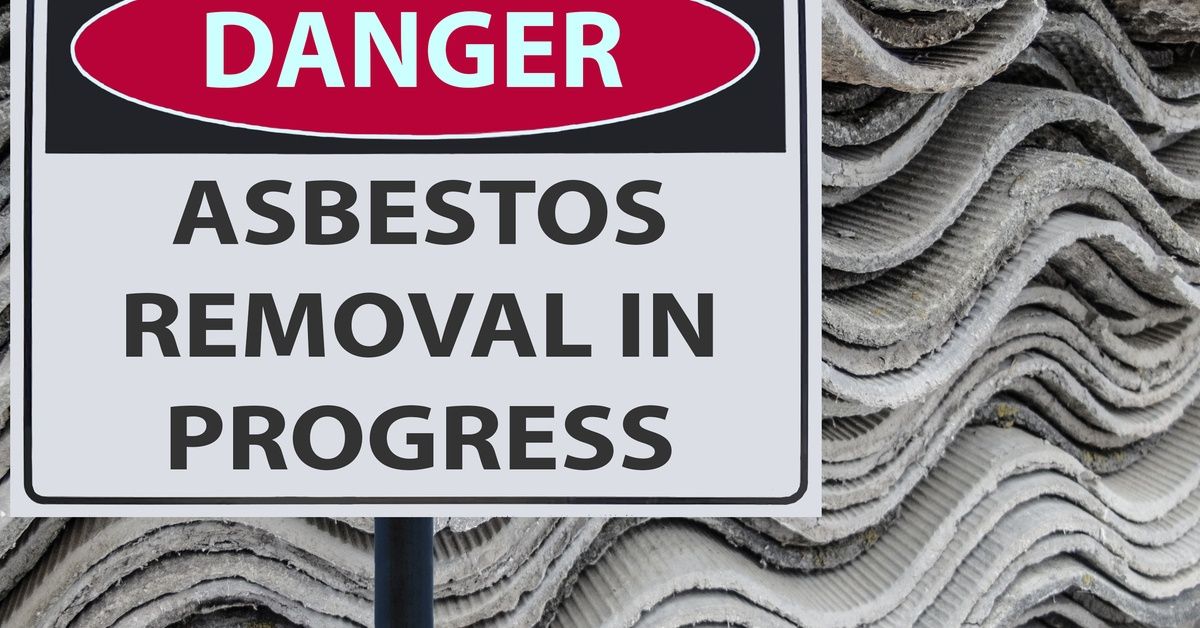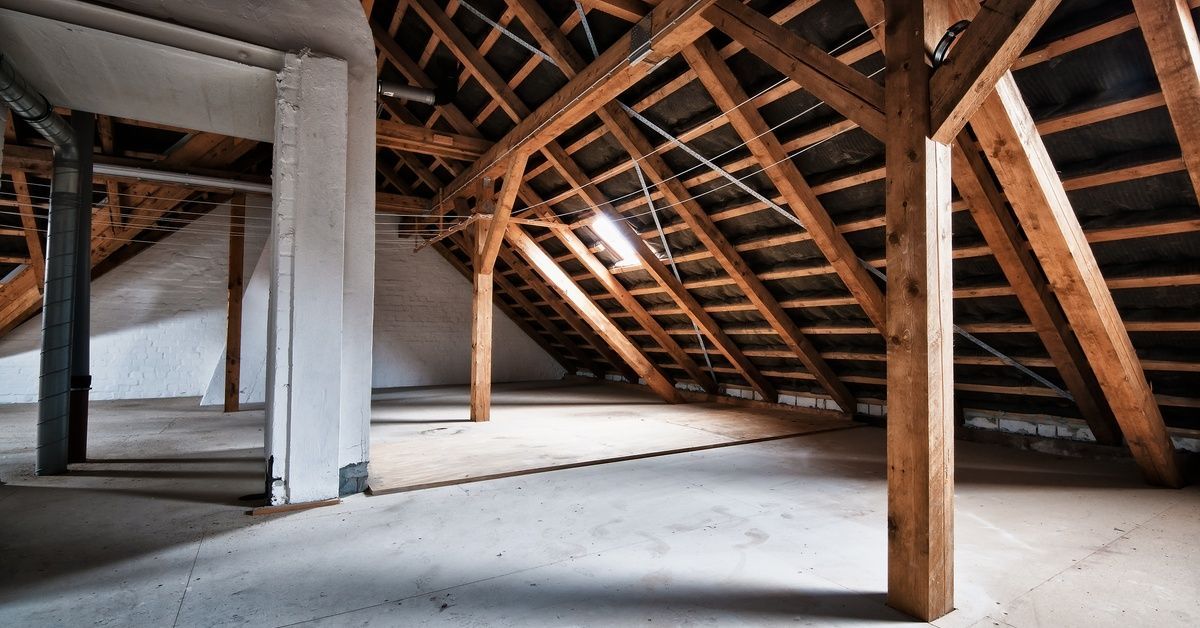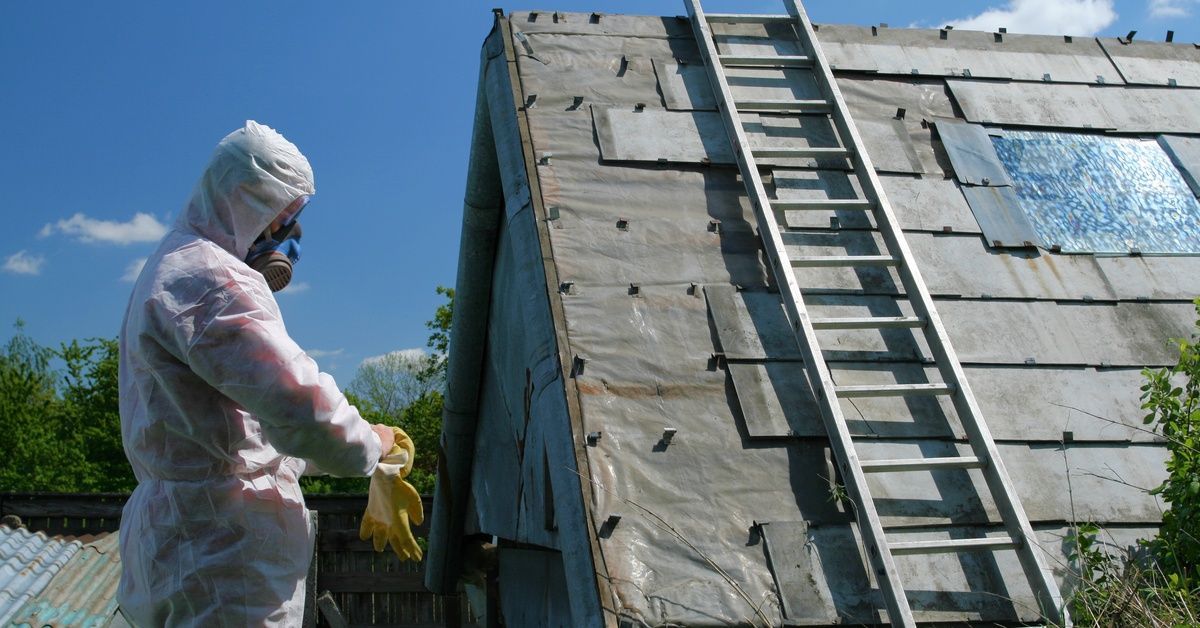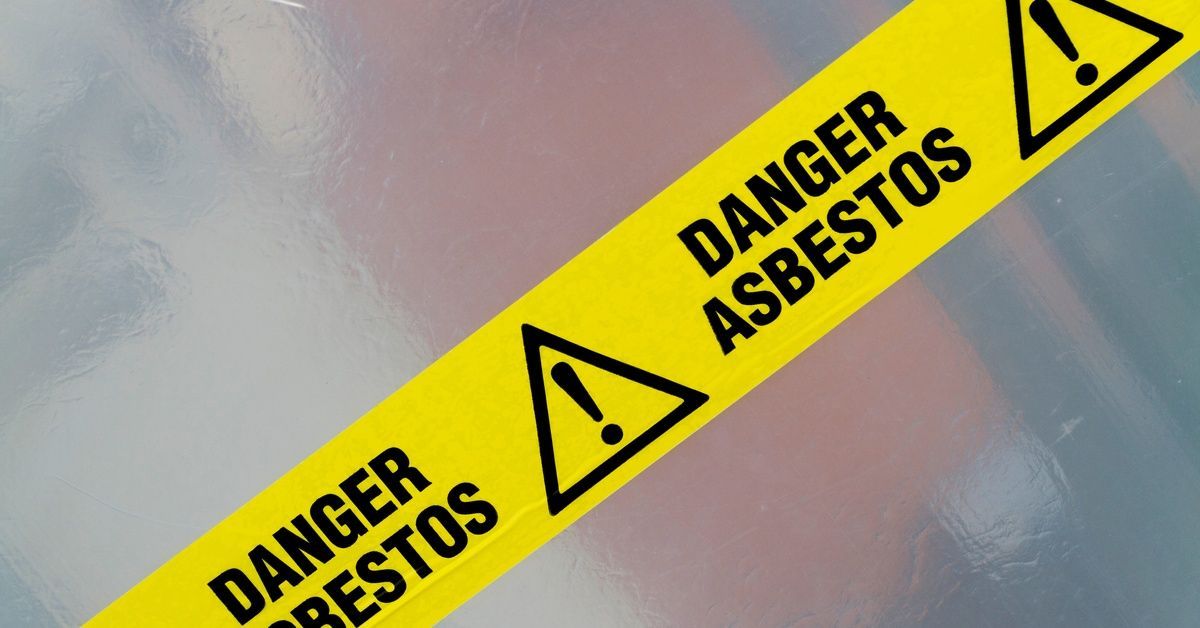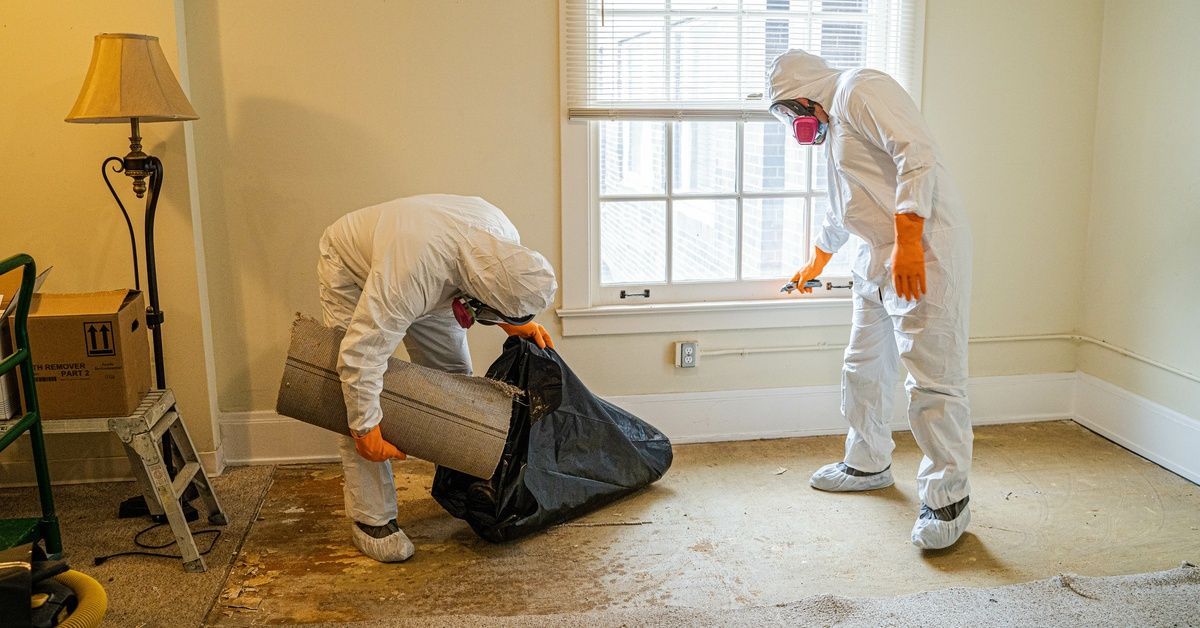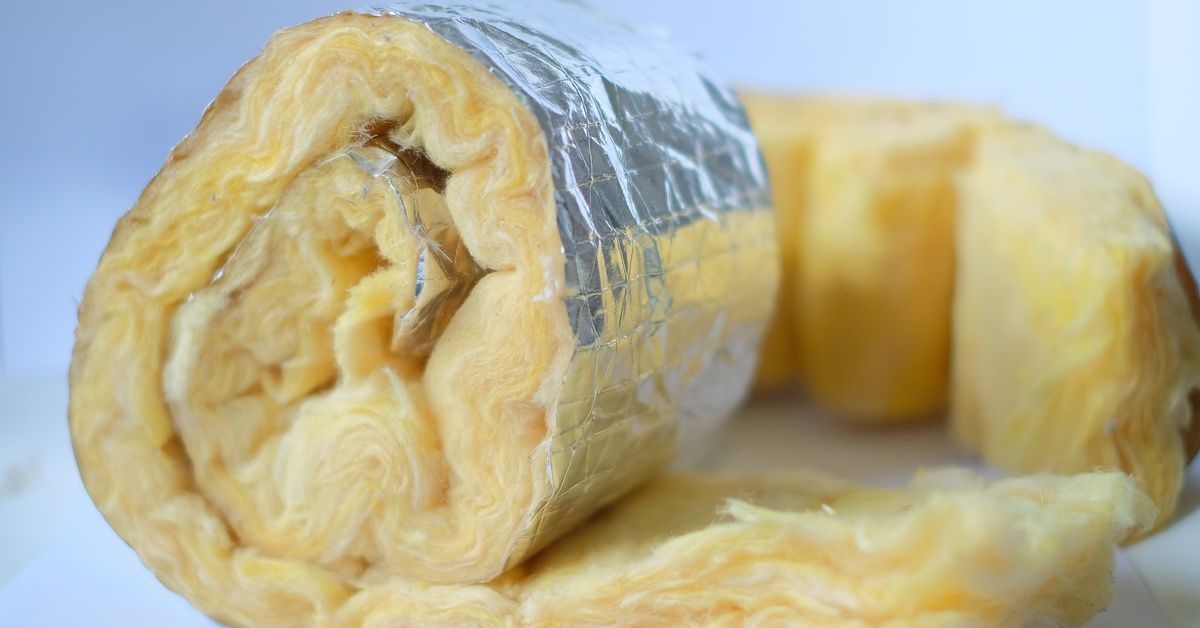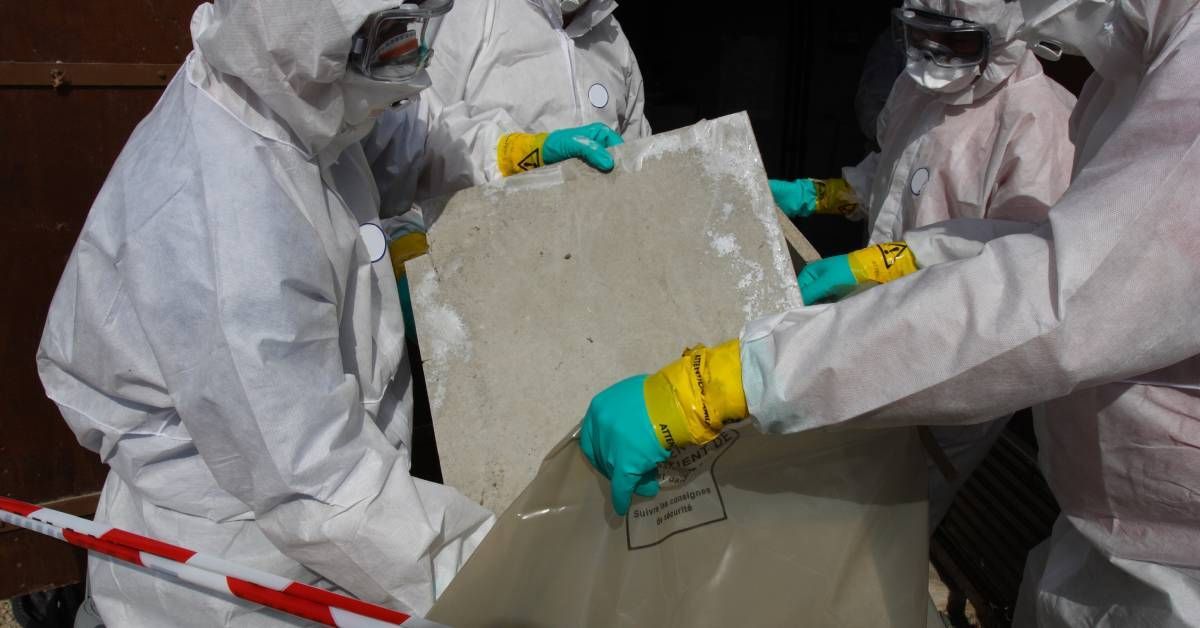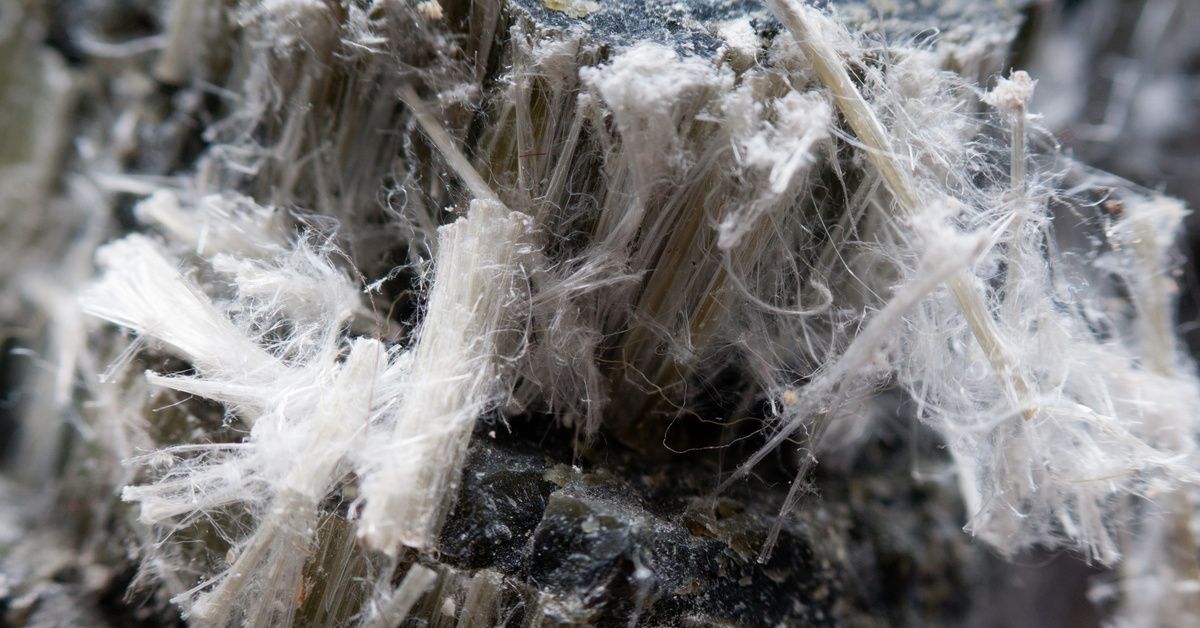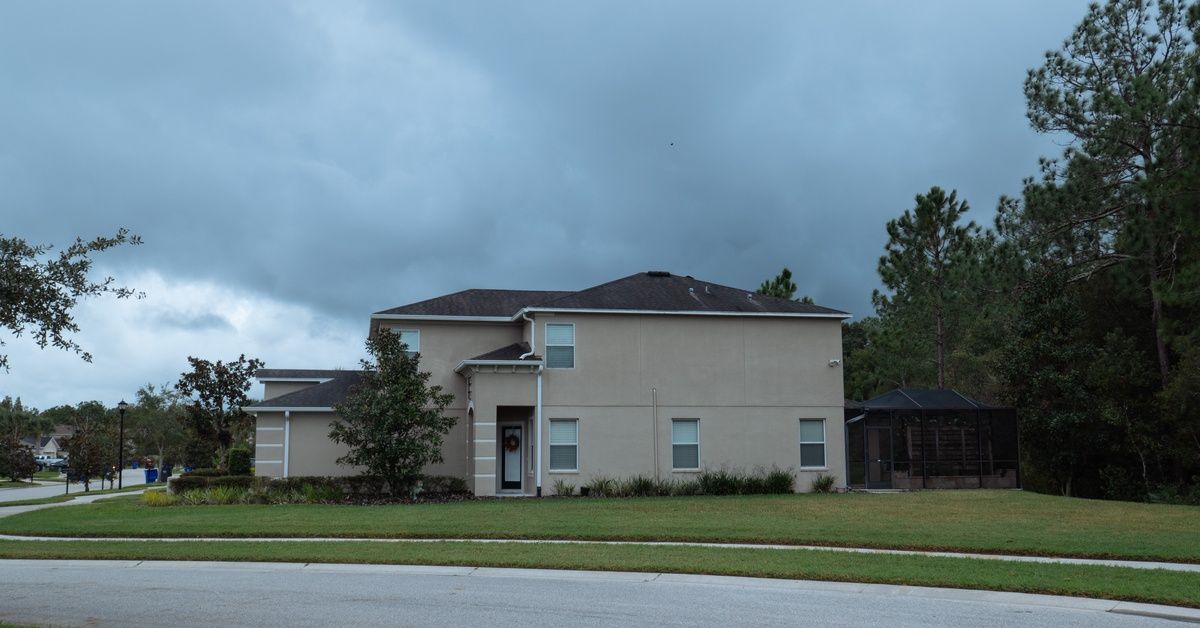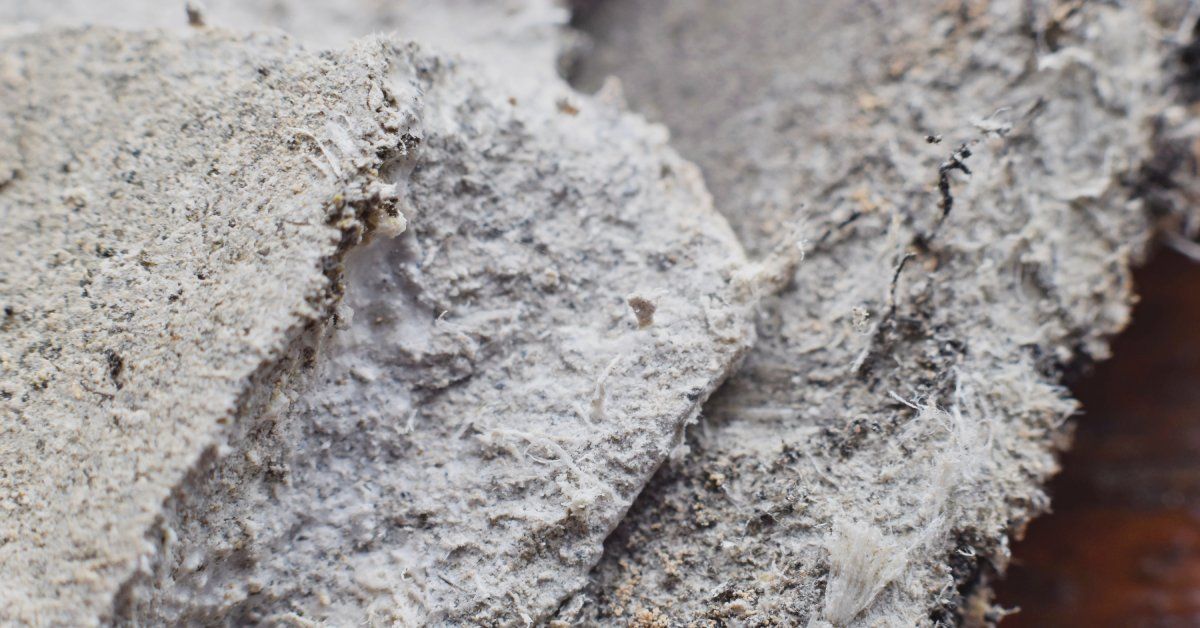A Brief History of Residential Insulation
History has many lessons and takeaways, even with home insulation. You can’t go wrong with learning about insulation and its impacts on the world since the beginning of time. Even just learning a brief history lesson about residential insulation will help you understand more about modern wall padding.
The BC Years: Mud
Before colosseums, castles, and moats existed, humans used natural resources to reconcile undeveloped insulation methods. Every country had its approach to insulation, one of which was mud. Mud has long been a helpful resource because of its drying speed and how much it kept out.
During the Viking Age, many used mud between logs in their homes to protect themselves in extreme conditions. In Egyptian culture, they relied on brick construction that also utilized mud as mortar. Mud mortar was quite effective in keeping our unwanted elements.
Ancient Times: Cork and Asbestos
Over time, the Greeks and Romans found an opportunity to develop building techniques further by using asbestos and cork. Cork was a widely accepted material because of its ability to contain leaks in pipes.
The Greeks discovered asbestos and used that because of how inflammable the material became when exposed to heat. The Greeks created cavity walls—a term meaning a two-wall system on a house’s structure that prevents indoor temperatures from fluctuating.
The Industrial Age: More Asbestos
It wasn’t until the industrial age that people discovered the Greeks’ use of asbestos—and they thought the ancient culture was certainly on to something.
Along with using asbestos between walls, many got creative and used asbestos around pipework. Many workers determined that asbestos was safe, just as long as it wasn’t disturbed.
The 1930s: Fiberglass
Fiberglass shouldn’t exist! The material was made by researcher Dale Kleist when he tried to make a vacuum seal between two glass blocks. He noticed they transitioned into thin pieces of glass fibers upon shattering.
Over the years, fiberglass was made into blanket insulation to use in buildings. The sheets kept homes warm and have become widely used in the US.
1950s to Today: Spray Foam
There was a massive shift in housing insulation after the 1950s. Researchers studied different insulations and developed better materials and applications. Today, we use spray foam in two forms: low and medium density.
There’s a lot to unpack here, but you can learn more about the history of residential insulation from your local asbestos removal company.
Keep your home safer with Air Safe Inc. We strive to keep every home inspected and clear of asbestos. If you think you might have asbestos in your home, contact us, and we’ll send someone out to you. We’re happy to share more with you on residential insulation, but reach out about insulation removal for now.The body content of your post goes here.

